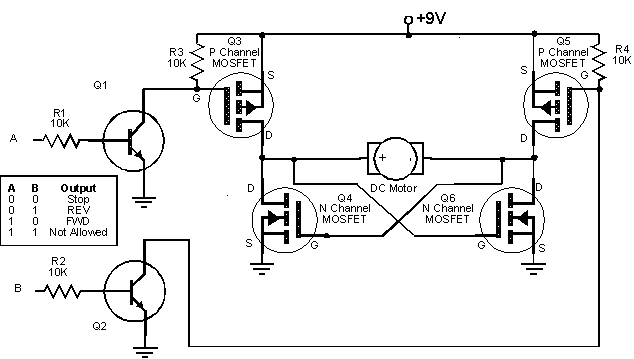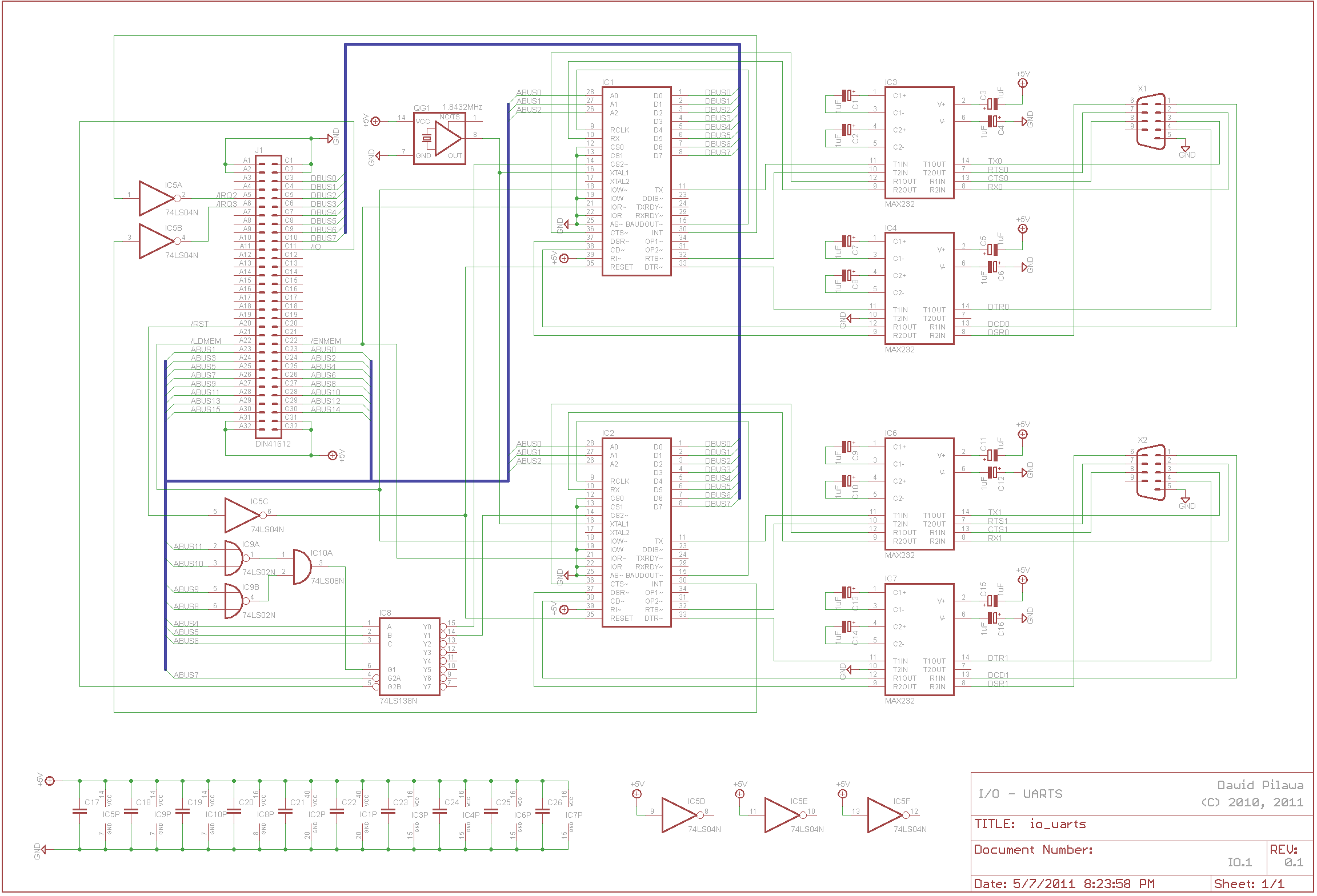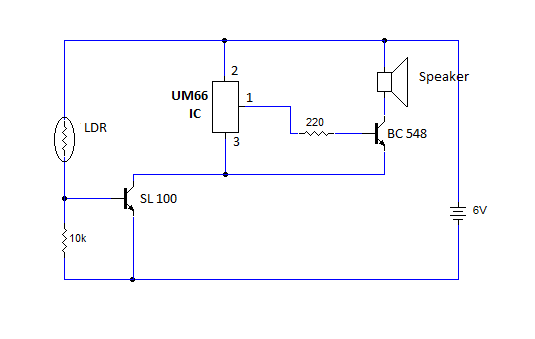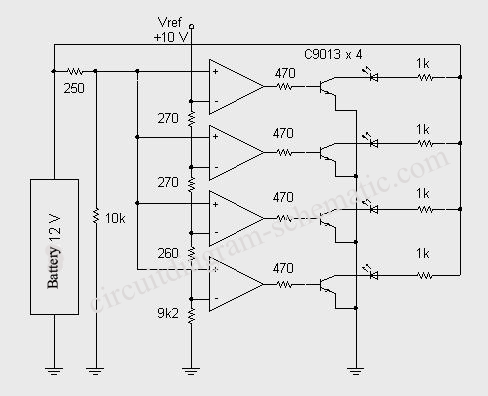
serial communication using UART in RFID project
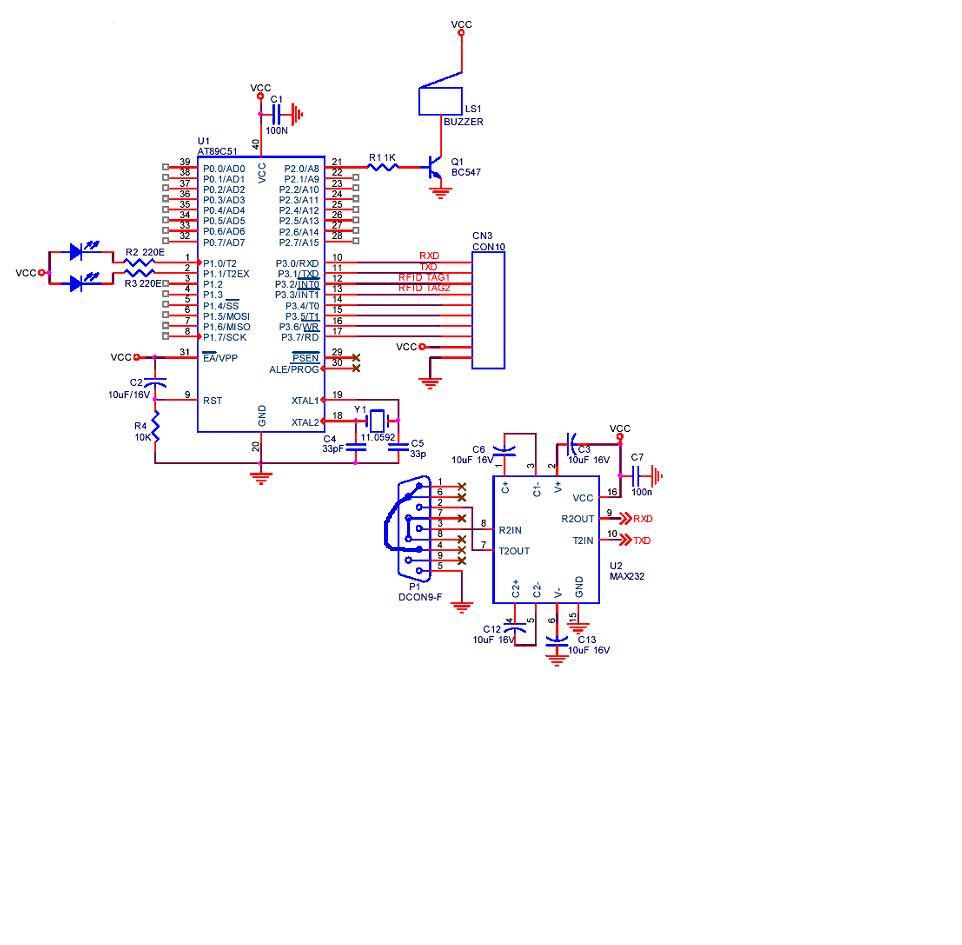
A project is being developed utilizing RFID (Radio Frequency Identification) technology. The microcontroller chosen for this project is the AT89C51/52/S52. Serial communication is being implemented using RS-232.
The project involves the integration of RFID technology for identification and data exchange applications. The AT89C51/52/S52 microcontroller, which is part of the 8051 family, serves as the central processing unit for managing the RFID reader and interfacing with other components. This microcontroller is known for its robust performance and ease of programming, making it suitable for various embedded applications.
The RS-232 interface is employed for serial communication, facilitating the transmission of data between the microcontroller and external devices, such as a computer or other microcontrollers. This standard communication protocol is widely used in serial communication due to its simplicity and reliability. It typically operates at a voltage level of ±12V and can support baud rates ranging from 300 to 115200 bps, allowing for flexible data transfer speeds.
The RFID system consists of an RFID reader and RFID tags. The reader emits radio waves to communicate with the tags, which respond by transmitting their stored data back to the reader. The microcontroller processes this information, allowing for applications such as inventory management, access control, and tracking systems.
In summary, the project leverages the capabilities of the AT89C51/52/S52 microcontroller and RS-232 communication to create an efficient RFID-based system, suitable for various identification and data management tasks.Hey freinds i m doing project on RFID(Radio Frequency Identification). I m using AT89c51/52/S52 uC. I m using RS-232 fror serial communication, he.. 🔗 External reference
The project involves the integration of RFID technology for identification and data exchange applications. The AT89C51/52/S52 microcontroller, which is part of the 8051 family, serves as the central processing unit for managing the RFID reader and interfacing with other components. This microcontroller is known for its robust performance and ease of programming, making it suitable for various embedded applications.
The RS-232 interface is employed for serial communication, facilitating the transmission of data between the microcontroller and external devices, such as a computer or other microcontrollers. This standard communication protocol is widely used in serial communication due to its simplicity and reliability. It typically operates at a voltage level of ±12V and can support baud rates ranging from 300 to 115200 bps, allowing for flexible data transfer speeds.
The RFID system consists of an RFID reader and RFID tags. The reader emits radio waves to communicate with the tags, which respond by transmitting their stored data back to the reader. The microcontroller processes this information, allowing for applications such as inventory management, access control, and tracking systems.
In summary, the project leverages the capabilities of the AT89C51/52/S52 microcontroller and RS-232 communication to create an efficient RFID-based system, suitable for various identification and data management tasks.Hey freinds i m doing project on RFID(Radio Frequency Identification). I m using AT89c51/52/S52 uC. I m using RS-232 fror serial communication, he.. 🔗 External reference
Warning: include(partials/cookie-banner.php): Failed to open stream: Permission denied in /var/www/html/nextgr/view-circuit.php on line 713
Warning: include(): Failed opening 'partials/cookie-banner.php' for inclusion (include_path='.:/usr/share/php') in /var/www/html/nextgr/view-circuit.php on line 713


